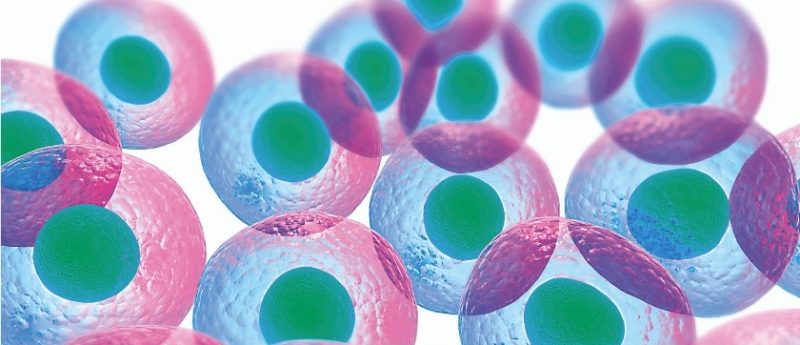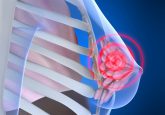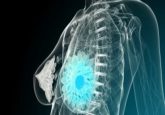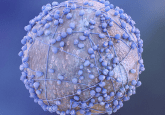Is there an association between type II endometrial carcinomas and breast cancers? A critical appraisal

Over 47,000 endometrial carcinomas are diagnosed annually in the USA, making them the most prevalent gynecologic tract malignancy [1]. For several decades, endometrial carcinomas have been classified into two broad groups based on epidemiologic, pathologic and clinical factors [2]. In this dualistic model, type I endometrial carcinomas, the prototype that is the endometrioid histotype, constitute the vast majority of endometrial cancers, are associated with hyperestrogenic states, are predominantly uterus-confined at presentation, and are generally associated with favorable patient outcomes [2]. Type II endometrial carcinomas are more heterogeneous and typically display the opposite of the aforementioned features for type I cancers [2]. The appropriate ‘typing’ and classification of some histotypes, including clear cell carcinomas and high-grade endometrioid carcinomas, remains a matter of debate in this model. However, at present, endometrial serous carcinomas (ESC), clear cell carcinomas and carcinosarcomas are all classified as type II cancers. The risk factors associated with type II relative to type I cancers are not entirely clear, and include nonwhite race, later age at menarche, multiparity, older age and nonobesity [3]. Several studies have now raised the possibility of an association between breast cancer, the most prevalent noncutaneous malignancy in American women [1], and type II endometrial carcinomas. The evidentiary basis for this association is appraised herein.
Click here to view full article.





